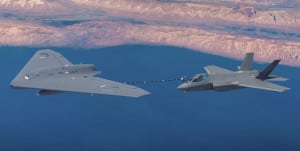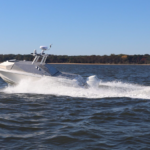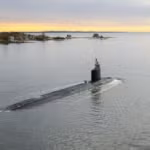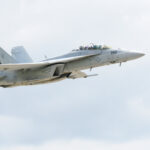
NATIONAL HARBOR, Md. -- Lockheed Martin [LMT] revealed Monday its MQ-25 Stingray carrier-based unmanned tanker offering does not have a completed prototype and will use the General Electric [GE] F404 engine.Rob Weiss, who recently resigned as vice president and general manager of the company’s Skunk Works development division, told reporters that their Stingray is “purpose-built” rather than derivative of other designs. Weiss argued those kinds of derivations generally leave the other models compromised.Weiss was speaking here at a company press…

 By
By 











